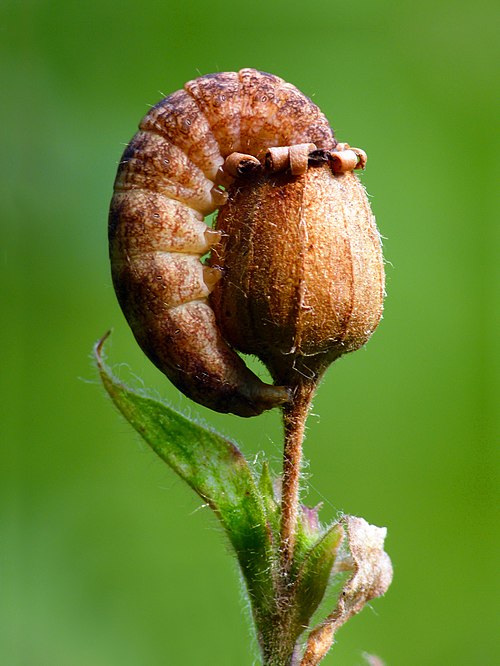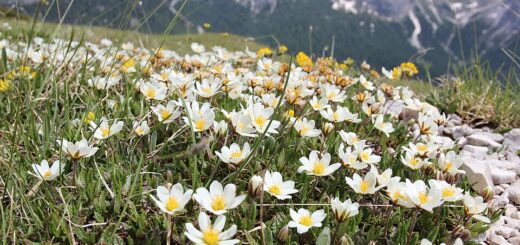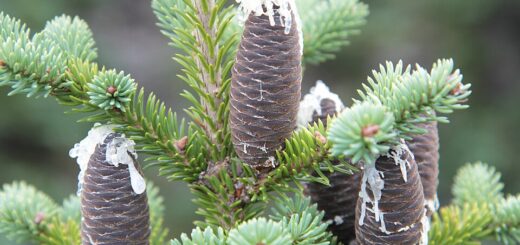Red Campion – A Wildflower Worth Knowing

As spring unfurls its green tapestry across woodlands and hedgerows, one vibrant bloom quietly steals the spotlight: Red Campion or red catchfly (Silene dioica). With its deep pink petals and soft, fuzzy stems, this humble wildflower may not boast the grandeur of a rose or the drama of a poppy, but its charm lies in its quiet persistence and the life it supports.
A Pop of Color in the Shade
Red Campion thrives in the dappled light of woodland edges, hedgerows, and roadside verges. Unlike many sun-seeking flowers, it seems perfectly at ease in shady, moist spots where other blooms might struggle. Its flowering season stretches generously from late spring to early autumn, giving nature-lovers and pollinators months of joy.
Despite its name, Red Campion is rarely truly red, more often a rich magenta or deep pink. Each plant can grow up to a meter tall, with hairy stems and opposite leaves. The flowers are five-petaled and notched, creating a star-like effect that adds to their appeal.
More Than Just a Pretty Face
Red Campion plays an important role in its ecosystem. It’s a valuable nectar source for bees, butterflies, and moths, especially the campion moth, whose larvae feed specifically on its leaves. It also supports a variety of beetles and hoverflies, making it a little oasis of life in wild or semi-wild settings.
Its botanical name, Silene dioica, hints at another interesting trait: the species is dioecious, meaning male and female flowers grow on separate plants. This unique feature among British wildflowers adds to its botanical intrigue and its role in biodiversity.

The Lychnis moth caterpillar feeding on the seeds of Red campion – Creative Commons | Author: Patrick Clement – Source: https://commons.wikimedia.org/wiki/File:The_larva_of_Hadena_bicruris_is_feeding_on_the_seeds_of_Red_Campion_(Silene_dioica).jpg
Folklore and Symbolism
Like many native wildflowers, Red Campion carries stories with it. In British folklore, it was sometimes known as “Adder’s Flower”, believed to grow where snakes were found, and in some regions, it was said to guard the faerie realms. Cutting it down, folklore warned, might bring bad luck, or even anger the spirits said to live among the flowers.
Today, it’s more a symbol of nature’s resilience and the quiet magic of wild spaces that haven’t been tamed by human hands.
Growing Red Campion in the Garden
If you’re looking to invite more wildlife into your garden, or simply add a splash of low-maintenance color, Red Campion is a great choice. It’s a hardy perennial, happy in semi-shade or full sun, and will self-seed freely if conditions suit it. It’s particularly lovely in cottage gardens, wildflower meadows, or naturalistic planting schemes.
You can sow it from seed in spring or autumn, either directly where you want it to grow or in trays for transplanting. Once established, it asks for very little, just the space to grow and a patch of soil that doesn’t dry out too often.
There’s Beauty in Subtlety
In a world that often favors the bold and flashy, Red Campion is a gentle reminder that there’s beauty in subtlety. Whether you’re walking through the woods or planting a wild corner in your garden, take a moment to notice this unassuming flower. You might just fall in love with its quiet grace.
References:
https://en.wikipedia.org/wiki/Silene_dioica










